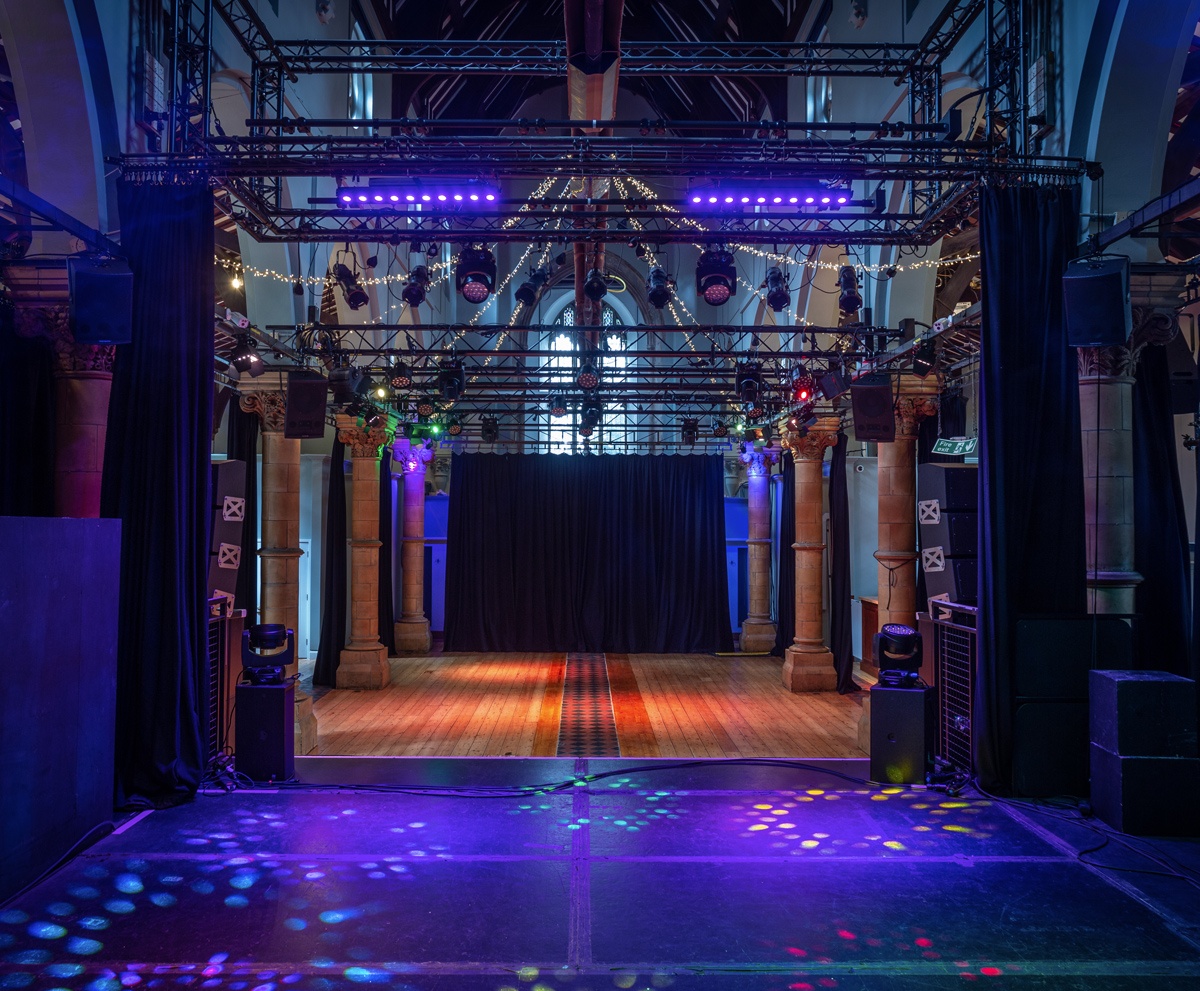
On Church Street, to the east of Balkerne Hill lies the former church St Mary at the Walls (now Colchester Arts Centre), built against the Roman Walls and overlooking the south western corner of the old walled town of Colchester. The first recorded church was mentioned in 1206, with the first named rector, Thomas Aignell, recorded in 1286, the last Ralph Stevens who came to the church in 1965, remaining until the church closed for worship on 26th February 1978. Since 1286, the church has had 49 rectors and three different buildings have stood on this location, with the Nave and Chancel of the current building dating from 1872. The lower part of the tower is the oldest, dating from around 1270, with the ramparts at the top dating from the rebuild of 1911 as the top came loose during the earthquake of 1884.
The church has several notable rectors over the years. The first was Philip Morant, who was rector from 1737 to 1773 and he was a notable historian and author, writing the History and Antiquities of Colchester and History and Antiquities of the county of Essex between 1763 and 1768. The other was Thomas Twining, who was rector from 1788 until 1804, and he was the grandson of Thomas Twining the tea merchant who formed the Twining Tea Company in 1706 at 216 The Strand in London.
The church has witnessed two historical events over the years. The first event occurred on 2nd August 1557, when six protestants were burnt at the stake by the old Roman walls, next to the church. In total 23 Protestant martyrs were executed in Colchester by burning during the reign of Mary 1st with the others burnt inside the castle bailey.
During the English Civil War, the church tower was used as a gun emplacement by the Royalist army, as they had a clear view looking towards Lexden and the Parliamentary forces who were camped there. They also had a forward cannon position, known as Fort Essex, located near the Lexden Road. On the morning of 14th July 1648 shortly after six, the Parliamentary cannons started firing on the tower of St. Mary's Church with over sixty shots being fired over several hours. These heavy pieces of artillery, one of which fired a 35lb ball and the other an 18lb ball, sent cannon balls smashing into the church and the upper part of the tower. Eventually the tower was in ruins, the gunner, a one eyed man called Jack Thompson, had been killed as the cannon and tower came down.
These events have given rise to the theory that Humpty Dumpty was the cannon on the tower and that the rhyme was linked to this event. Sadly not; as there is no historical evidence to link Humpty Dumpty with St. Marys at all, besides this rhyme has also been linked to the Siege of Gloucester in 1643, again with no historical evidence. The rhyme itself is no more than a children’s riddle; the answer to which is an egg. If an egg falls and breaks, it’s unable to be repaired.
After the church closed for regular worship, the congregation moved to the new church of Christ Church in Ireton Road, a church which had been established in 1904, to meet the needs of the expanding congregation with all the new houses which were being built along the Maldon Road. This original church was replaced with a new building which opened for its first service on 5th March 1978.
Opening for business in 1980, Colchester Arts Centre now finds itself the tenant of this beautiful historic space. Following a partial refurbishment during the Covid 19 Pandemic, the management aim to emphasise and celebrate the history of the building, honouring its past usage and bringing its glorious architecture firmly to the fore to be enjoyed by all.


